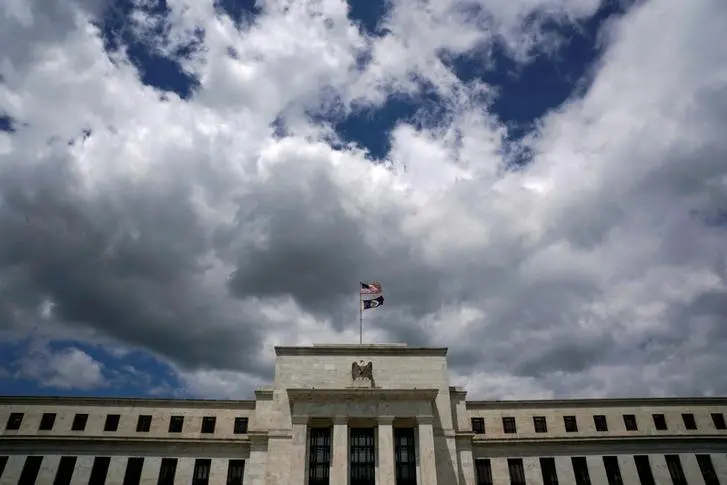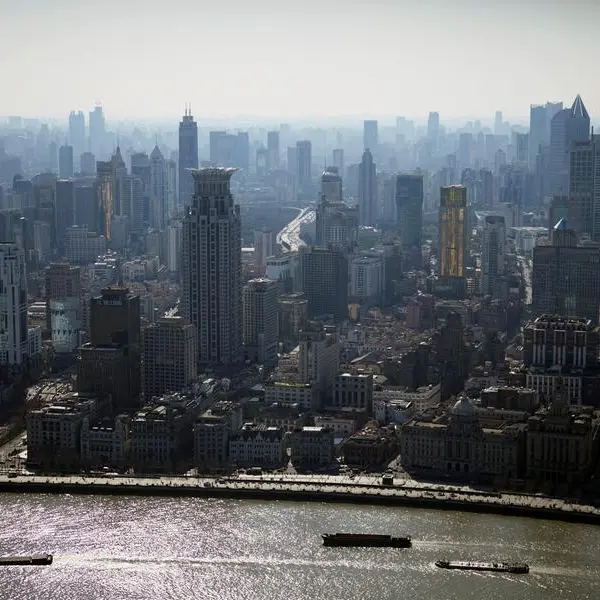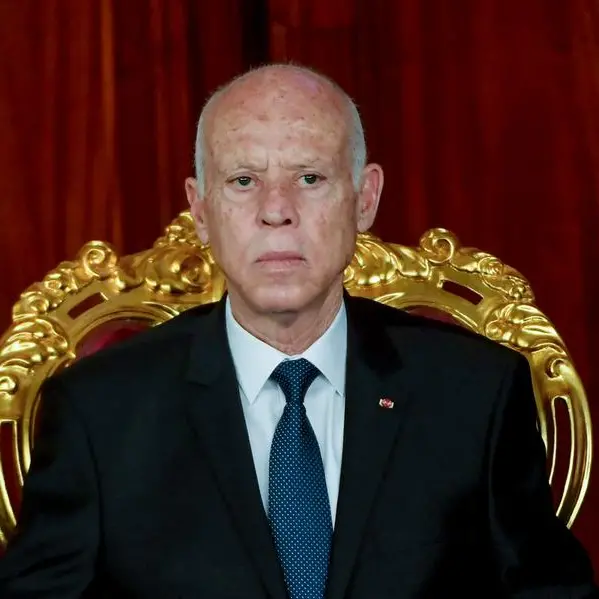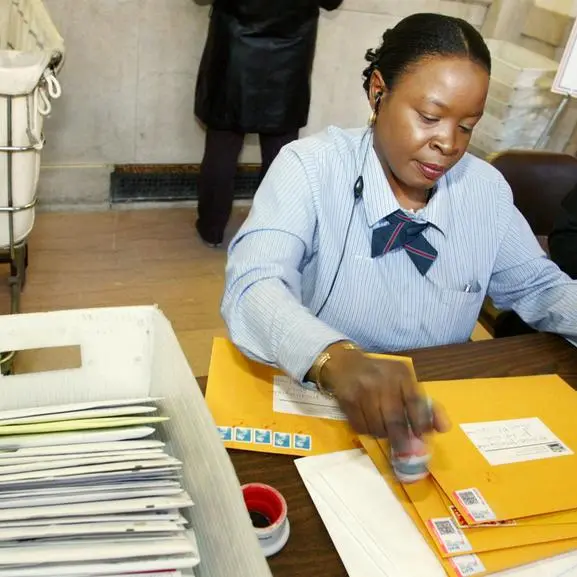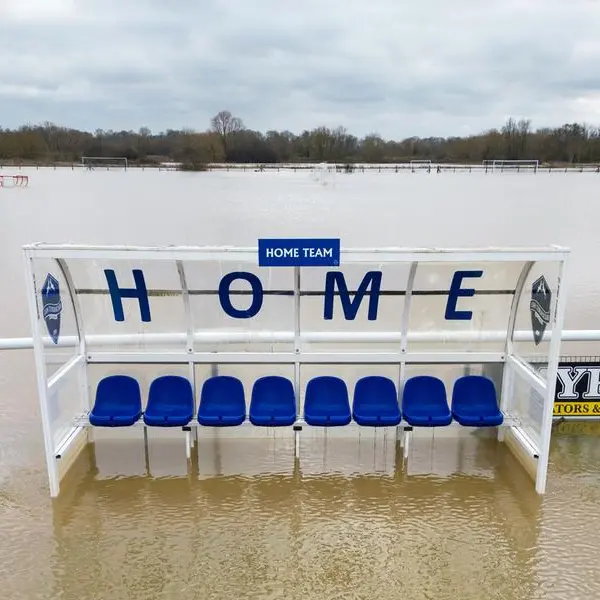PHOTO
WASHINGTON, DC – On February 3, the Senate Banking Committee will hold confirmation hearings for three nominees to the Federal Reserve Board of Governors: Sarah Bloom Raskin, Lisa Cook, and Philip Jefferson. All three are exceptionally well-qualified, with deep experience and overlapping expertise that includes bank regulation, international economics, and monetary policy. (I worked closely with Cook on these issues within US President Joe Biden’s transition team.)
One issue sure to make headlines is the extent to which the Fed should concern itself with risks posed to the financial system by climate change. Fed Chair Jay Powell has repeatedly said that these risks must be taken seriously. His statements to this effect have not generally attracted controversy or sharp rhetoric from politicians on either side of the aisle. Appointing Raskin, an experienced regulator, as vice chair for supervision is a good way to support Powell on these issues.
Congress created the vice chair position in the Dodd-Frank financial reform legislation of 2010. The provision was a direct response to perceived and actual regulatory failures – particularly the inability to see the big picture of systemic risk in the run-up to the devastating global financial crisis that erupted in September 2008. The Fed, though not the only financial regulator, is extremely influential, typically shaping how other officials and private-sector investors think about risks.
We have come a long way since the dark days of 2008. But the people who run global banks still have an outsize appetite for risk, because what was true then remains largely true today: the bankers grab the upside – and large bonuses – when things go well, and the resulting tail risks become the problem of taxpayers and central banks. And they have been politically influential enough to avoid either breakups into safer entities or simplification of their complex structures, which means they are still too big to fail. Fearing terrible effects across many economies, governments and central banks feel pressure to bail them out in a crisis, which only encourages further excessive risk-taking – and heightens the threat of disaster for millions of people.
The vice chair for supervision is charged with focusing on obvious existing risks (such as banks’ proprietary trading or lending to speculators) while also considering which risks may become salient next. For five years in the early 2000s, the Fed stood by (and sometimes cheered) as the market for private-sector mortgage-backed securities and associated derivatives grew large enough to destabilize the entire global financial system. Fed officials regarded the theory and practice behind the development of these securities as sound – right up to the point that the market began to collapse in the summer of 2007.
It was not the last time the Fed was caught by surprise. The United States has deposit insurance for individuals, thanks to the Federal Deposit Insurance Corporation. But money-market funds suffered intense runs in March 2020. And the overall Treasury market also came under pressure early in the pandemic, in part because of the way government securities are used to borrow and lend in non-transparent “repo” transactions among financial institutions. (Lev Menand of Columbia University has an excellent forthcoming book that addresses these topics.)
As for climate-related financial risks, Powell framed them well in recent congressional testimony,
“We know that the transition to a lower-carbon economy may lead to sudden repricings of assets or entire industries and we need to think about that carefully in advance and understand and be in a position to deal with all of that.”
In other words, banks could suddenly find themselves with loans or other assets acquired under a set of assumptions that are no longer valid. The last time bankers climbed on a bandwagon at scale, they assumed housing prices would always rise. It was a sound assumption – until suddenly it wasn’t.
The Fed and other central banks use monetary policy to achieve price stability and full employment. But whenever the financial system is in trouble, monetary policy struggles to gain purchase.
Consequently, Randal Quarles, the Republican former vice chair for supervision at the Fed, recently spearheaded, as chair of the Financial Stability Board, the creation of a “roadmap” for central banks globally to tackle climate financial risk. Climate change is an important part of the policy agenda in many countries, and the risks posed by extreme weather are increasing in much of the world. Ignoring these risks is foolhardy.
Raskin’s track record as a careful regulator and collaborative colleague should make for a speedy Senate confirmation. Together with Powell and the other nominees, the Fed seems poised to make sensible progress within the existing consensus on addressing risks to the stability of the financial system, including those stemming from climate change.
Simon Johnson, a former chief economist at the International Monetary Fund, is a professor at MIT's Sloan School of Management and a co-chair of the COVID-19 Policy Alliance. He is the co-author, with Jonathan Gruber, of Jump-Starting America: How Breakthrough Science Can Revive Economic Growth and the American Dream (PublicAffairs, 2019).
© Project Syndicate 2022Disclaimer: The content of this article is syndicated or provided to this website from an external third party provider. We are not responsible for, and do not control, such external websites, entities, applications or media publishers. The body of the text is provided on an “as is” and “as available” basis and has not been edited in any way. Neither we nor our affiliates guarantee the accuracy of or endorse the views or opinions expressed in this article. Read our full disclaimer policy here.
